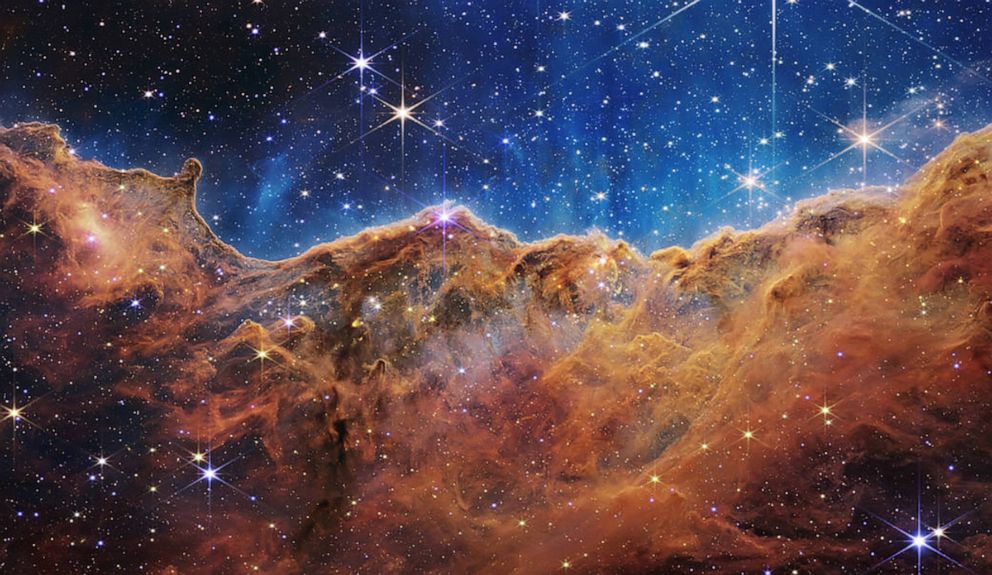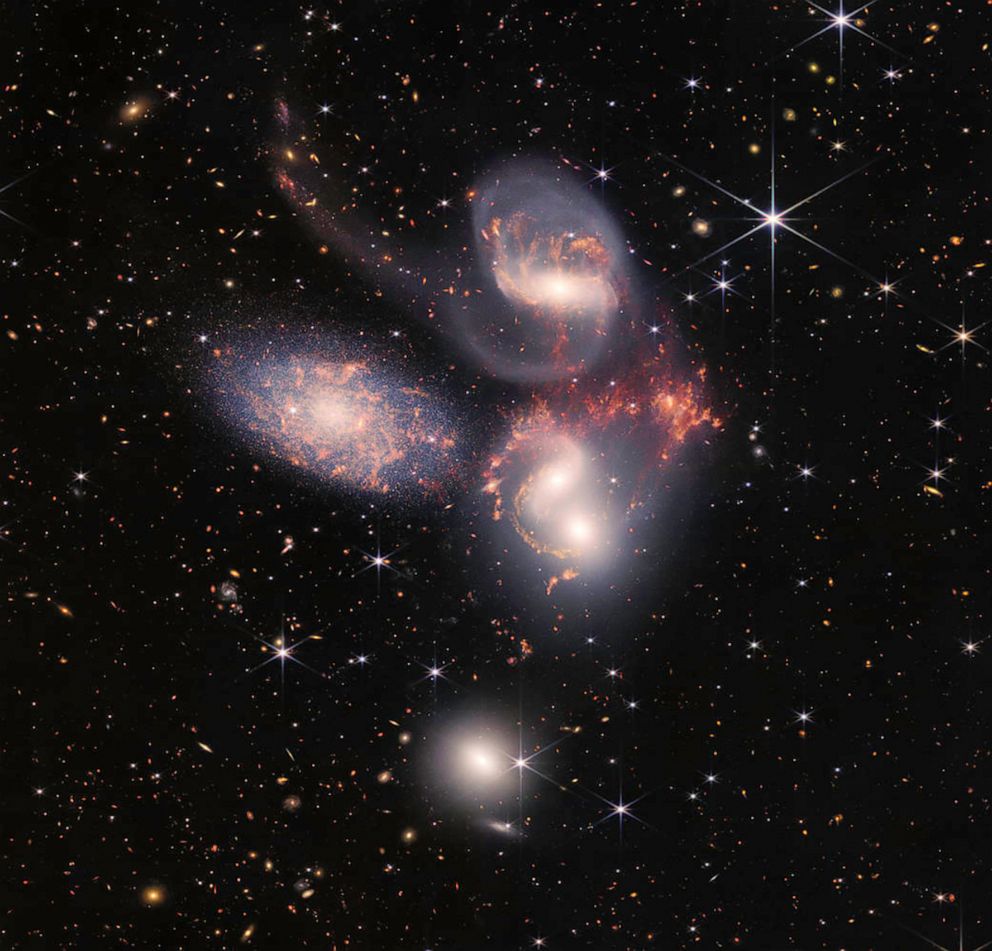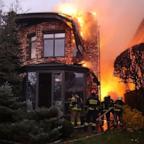NASA scientists say Webb will be 'revolutionary'
NASA scientists said the images and data that will be collected from the James Webb Space Telescope will be groundbreaking in our understanding of the universe.
"This going to be revolutionary," said Jane Rigby, the operations project scientist for the telescope, during a press conference Tuesday. "These are previous capabilities we’ve never had before."
Her comments come after NASA released five new images with never-before-seen detail of exoplanets, stars, nebulae and galaxies in the universe.
Rigby said she cried from happiness after seeing the first images that Webb captured.
"It was a combination of giddy like, 'Oh my gosh, this is great,' and having a sob like, 'Oh my God, this works,'" she said.





